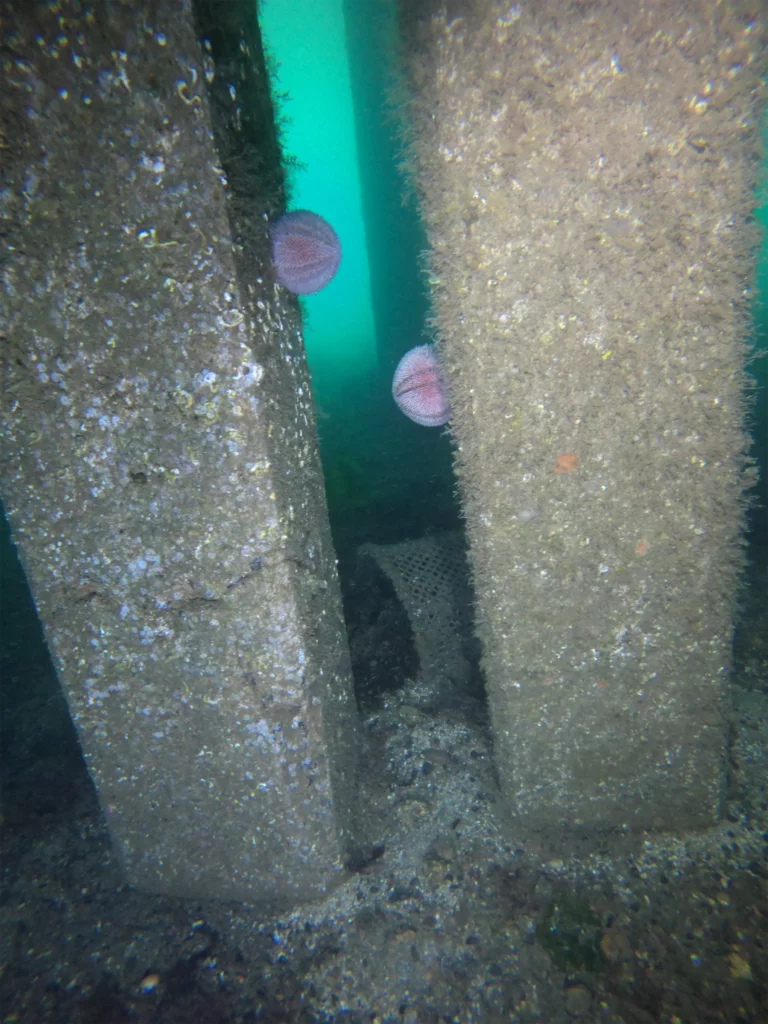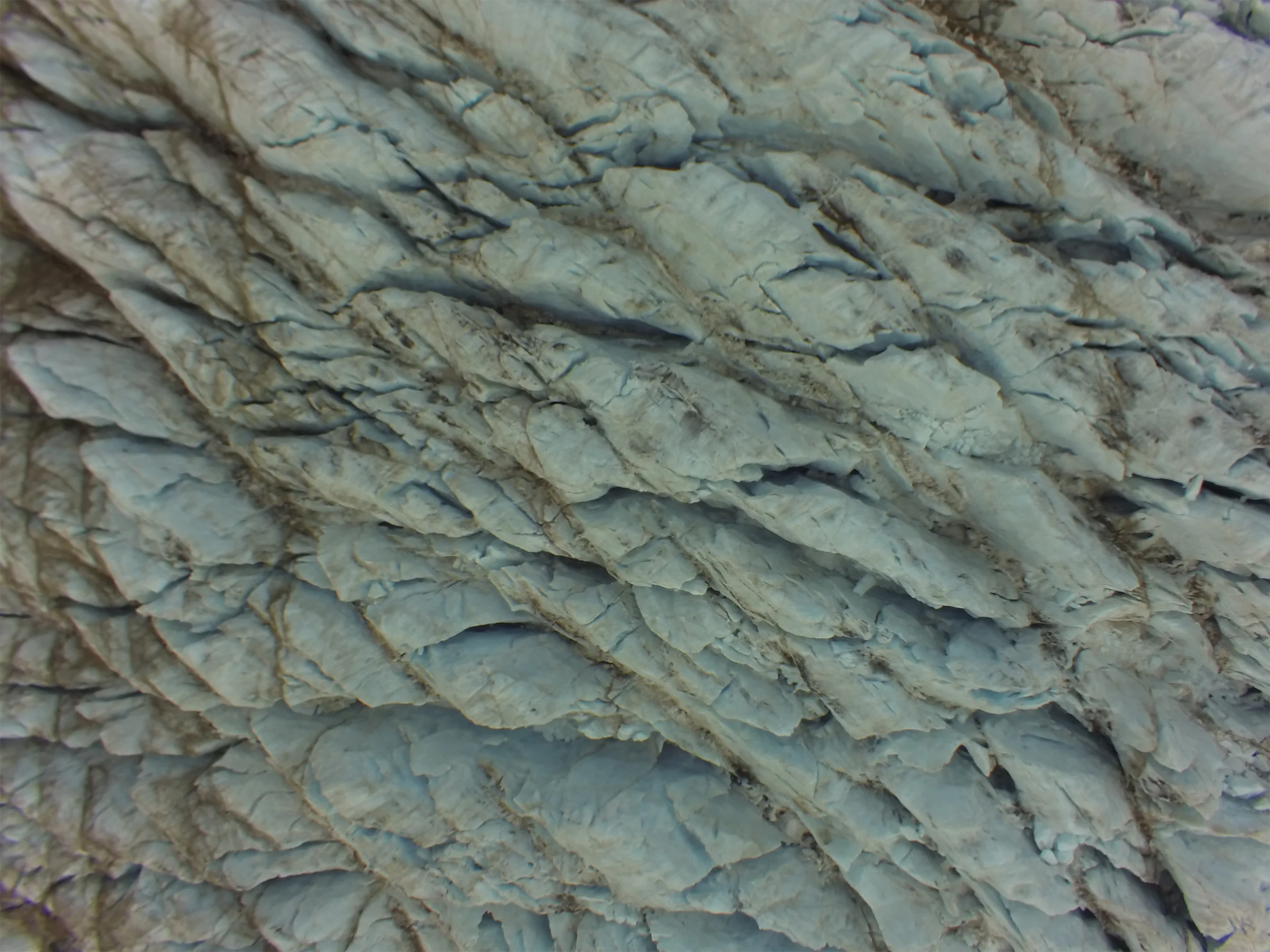Lismore Pier Survey

These structures have often been in place for many decades, and have suffered winter storms and the impact of large vessels
Clachan Bridge – Isle of Seil

The iconic ‘Bridge Over the Atlantic’ is a category A listed bridge, considered a key tourism asset. Its unusually steep arch and narrow, single road pose difficulty in carrying out routine structural surveys, which normally require a crane to be situated on top of a flat section of the bridge. Aerial photogrammetry offers a solution […]
Monopile – Southwold Pier

Marine structures such as this affect the surrounding environment just by their very presence, increasing scour and influencing hydrodynamic conditions. We used photogrammetry to examine how biofouling provides an even more complicated flow around such structures, using high resolution photogrammetry at millimetre scales.
Gigha Pier

Piers and harbours are essential transport and logistical structures, situated in a harsh, corrosive and destructive environment. These structures have often been in place for many decades, and have suffered winter storms and the impact of large vessels. Here we display some of the results of Local Authority commissions to provide baseline surveys of aging […]
Rock Anchor

Tritonia modelled four rock anchors which were used to secure a renewable energy device prototype in the vicinity of the Falls of Lora, at the mouth of Loch Etive. Measurements such as angle of penetration and aspect were extracted from this model, as well as an analysis of the degree of anode sacrifice and pitting […]
Helensburgh Pier

Piers and harbours are essential transport and logistical structures, situated in a harsh, corrosive and destructive environment. These structures have often been in place for many decades, and have suffered winter storms and the impact of large vessels. Here we display some of the results of Local Authority commissions to provide baseline surveys of aging […]
Biofouling on Oil Rig Jacket

Quantification of mass of biofouling upon oil rig structures prior to decommissioning
Craighouse Pier – Jura

Baseline surveys of ageing structures for integrity assessment maintenance allocation








